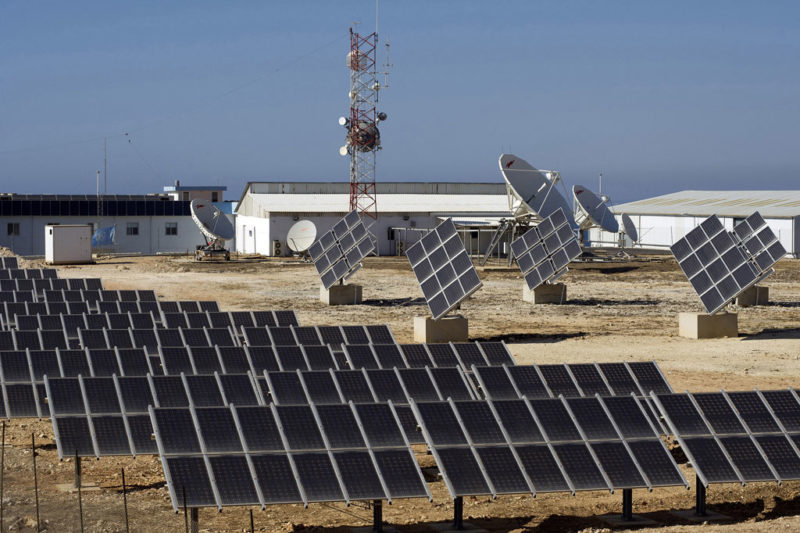Solar developers installed a record 14.6 gigawatts in the U.S. last year; almost double the total from 2015 and enough to make photovoltaic panels the largest source of new electric capacity for the first time.

Solar energy information, Solar water heater, Alternative energy sources. Solar panels on rooftops and fields accounted for 39 percent of new generation last year, according to a report released on Wednesday, February 15 2017 from GTM Research and the Solar Energy Industries Association. That beat the 29 percent contribution from natural gas and 26 percent from wind.
The surge is further evidence that solar power has become an important part of the U.S. energy mix, even as President Donald Trump pushes for wider use of fossil fuels. The solar industry employs 260,000 people and accounted for 2 percent of all new U.S. jobs last year, and Republican and Democratic governors from 20 states sent the White House a letter on Monday saying that clean energy is an important economic driver.
“What these numbers tell you is that the solar industry is a force to be reckoned with,” Abigail Ross Hopper, SEIA’s chief executive officer, said in a statement. “Solar’s economically winning hand is generating strong growth across all market segments.”
Total installations surged 95 percent from 2015, led by large fields of solar arrays, which generally cost less than putting panels on rooftops. Utility-scale development increased 145 percent last year, the most in the industry, as costs became increasingly competitive with power produced from gas, according to the report.
Smaller-scale solar also increased, with residential rooftops up 19 percent and community solar projects exceeding 200 megawatts.
That growth will continue, with total installed capacity in the U.S. expected to reach 105 gigawatts by 2021, up from about 38 gigawatts today, according to Bloomberg New Energy Finance.
Solar is also reaching new areas, according to Justin Baca, SEIA’s vice president of markets & research. Installations grew last year in 31 of the 40 state markets that SEIA tracks, including areas that haven’t traditionally been solar strongholds such as Alabama.
“We don’t expect to see many years with nearly 100 percent growth that we had in 2016,’’ Baca said. “But we see a future where lower-level stable growth is achievable.’’
Courtesy: Bloomberg
